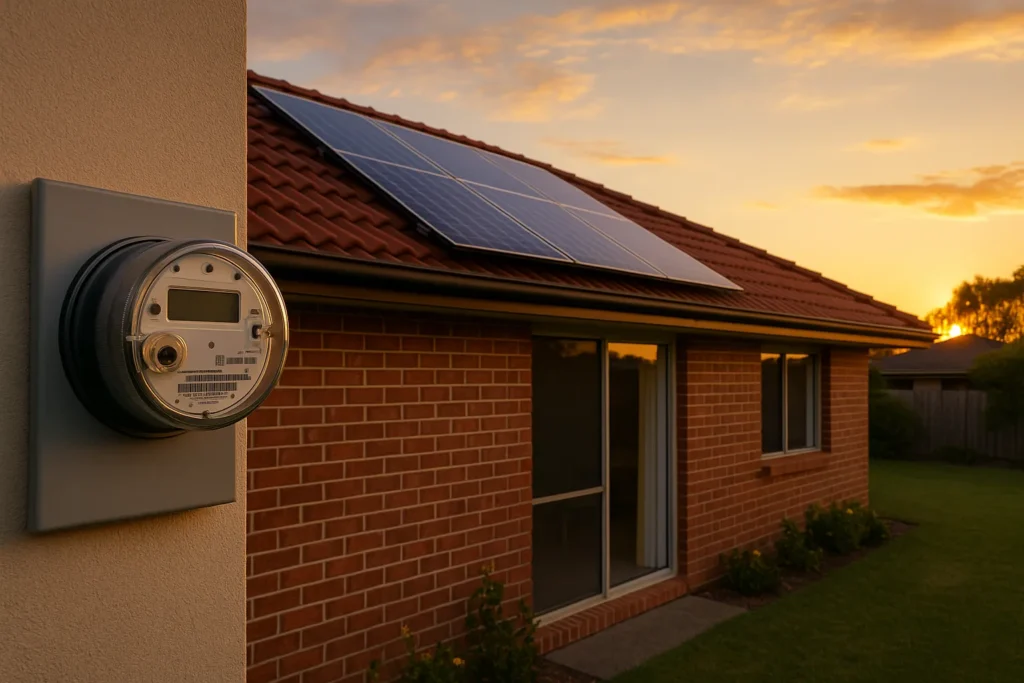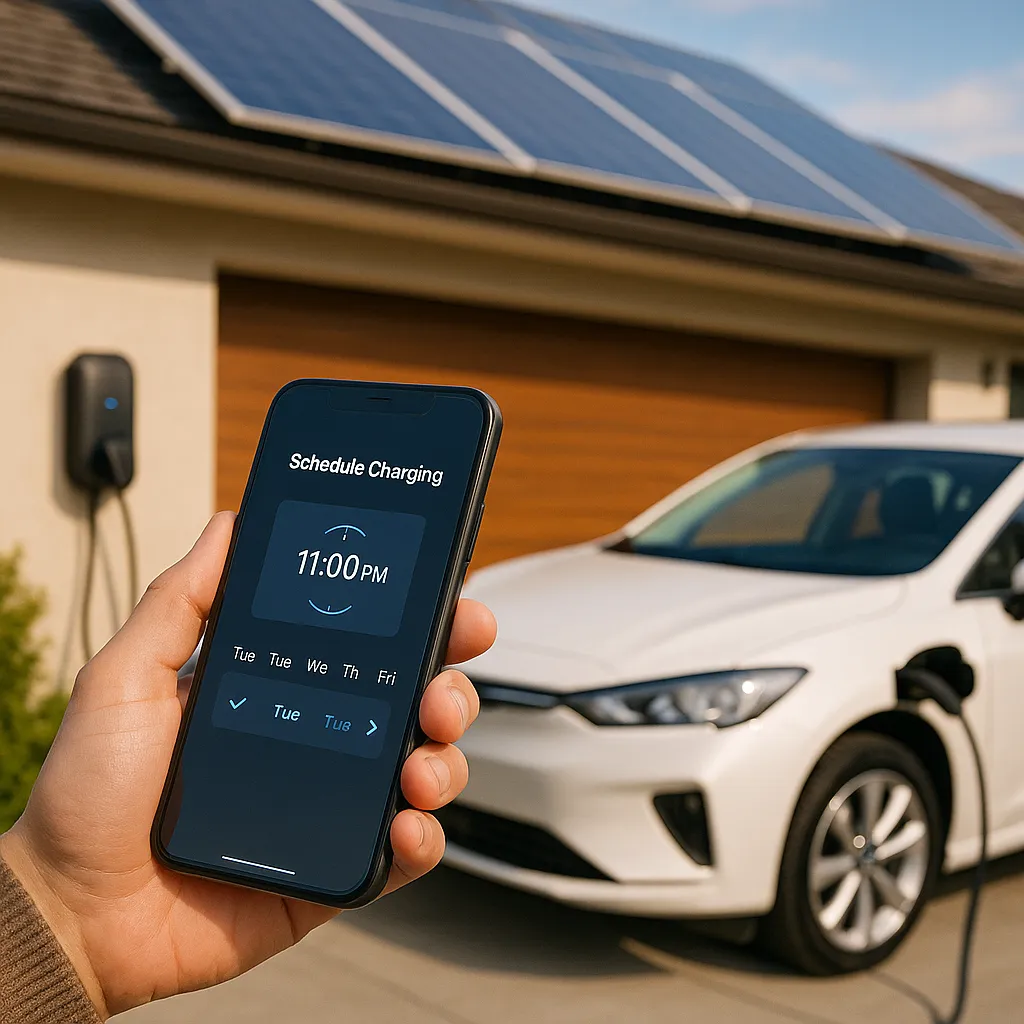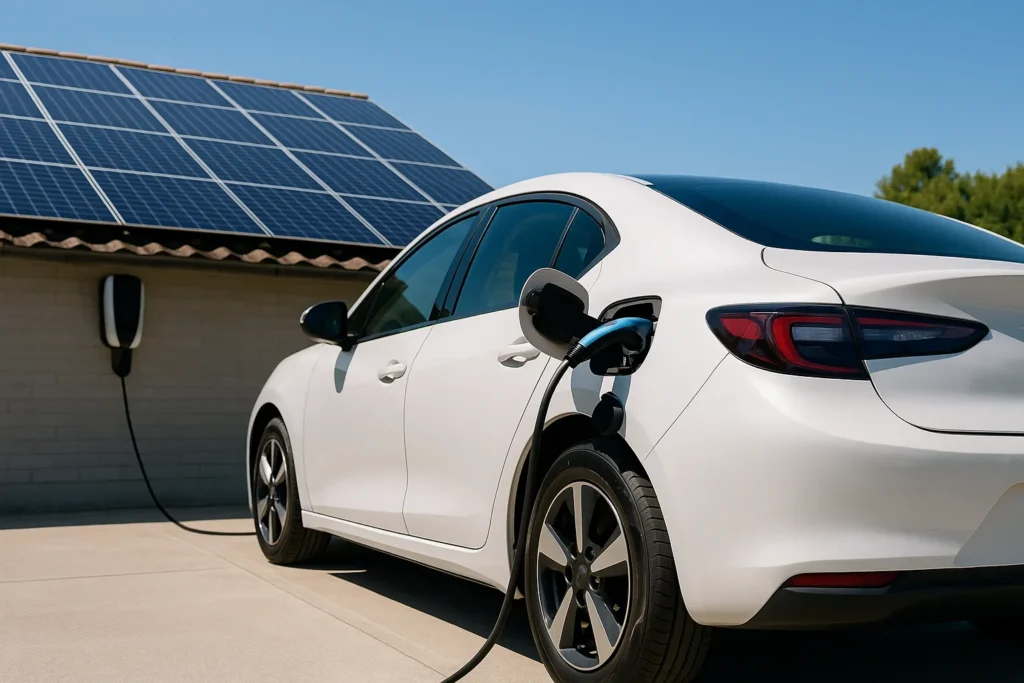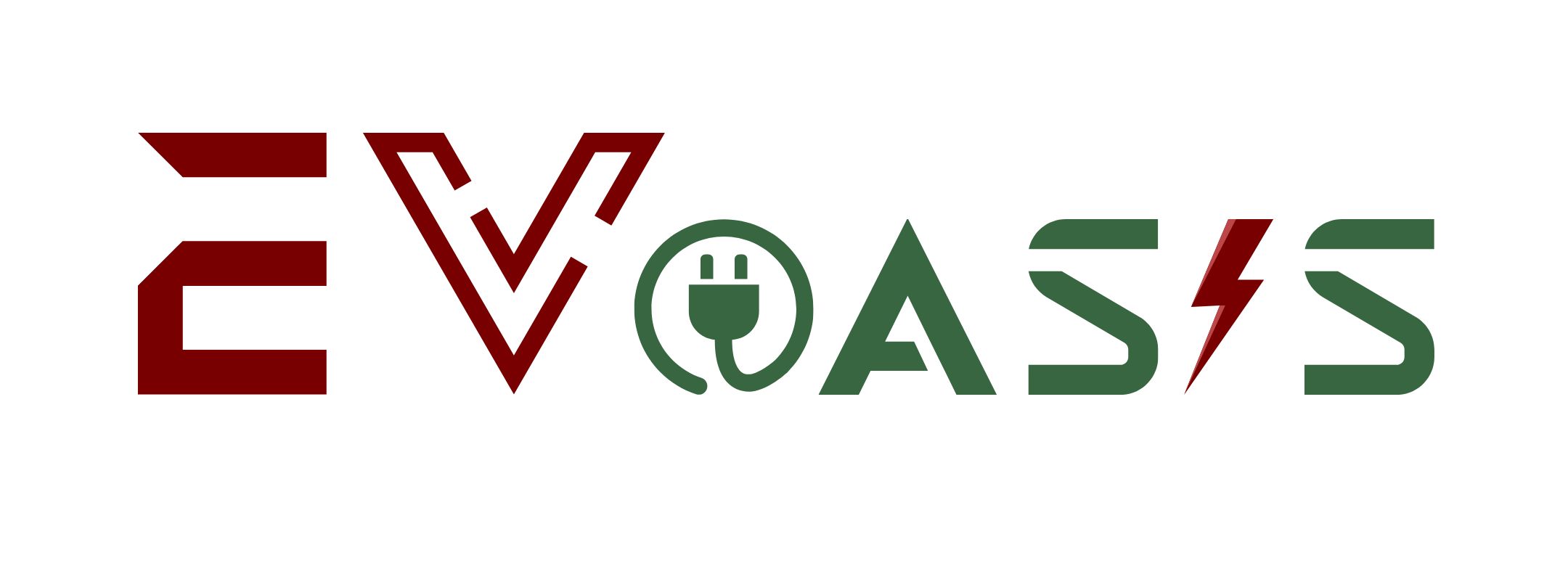Your solar panels sit on the roof, generating free electricity all day. But solar charging your EV happens at night when rates climb higher. That disconnect costs you money every month. Your electricity retailer benefits from the gap.
The solution is simple. Align your charging schedule with the hours your panels produce the most power. You’ll stop paying peak period rates and start using the solar energy you’re already generating at home.
This guide walks you through understanding your solar output times, how pricing plans work in Australia, and practical ways to automate your charging. Believe it or not, EV owners across the country have slashed their electricity costs with this approach.
Keep reading to learn everything you need to know.
Your Rooftop Generates Free Fuel Between 10 AM and 2 PM
Most solar panels in Australia produce their strongest output between 10 am and 2 pm. It’s a fact that your rooftop system generates much more electricity during these hours than it does in the early morning or evening.
This timing creates an opportunity for EV owners. How? Well, many vehicles sit parked at home during midday. During that break, you can charge your battery using the power your panels are producing right then.
The best part of it all is that you’re not paying your electricity retailer for grid power. You’re also not sending excess solar energy back for minimal credit.
Let’s be honest, a typical residential solar setup can add serious range to your EV during this four-hour window. The energy is free because your panels have already generated it. Plus, missing this chance means charging later, for which you’ll pay higher rates during peak periods then.
However, some EV owners overlook one important factor that affects their savings even more.
How Time-of-Use Pricing Affects Your Charging Costs

Time-of-use pricing changes what you pay for electricity based on the hour you use it. Most Australian retailers use this system instead of charging a flat rate all day. What you pay for power shifts throughout the day.
Let’s look at how these rate structures work during different times:
- Peak periods: High-demand hours like 2 pm to 8 pm on weekdays push rates up to 40 cents per kilowatt-hour. If you charge during these times instead of off-peak hours, it will cost you three times more for the same amount of electricity.
- Off-peak times: Late night and early morning (10 pm to 7 am) drop rates to around 20 cents per kilowatt-hour or less. Charging then saves you serious money compared to peak periods, which is why most EV owners plug in overnight to cut their bills.
- Midday solar window: Your panels generate maximum power from 10 am to 2 pm. Your plan might charge shoulder rates around 25-35 cents during midday. Besides, using your own free solar energy still beats paying your retailer for grid electricity.
The gap between peak and off-peak pricing can double or triple what you pay for charging. Your tariff either supports solar charging or works against it.
Some retailers in Queensland and New South Wales offer EV-specific plans with lower off-peak rates. We recommend you contact your provider to compare options for your situation.
What’s more, understanding your rates and solar production times makes the next step simple.
Three Simple Ways to Schedule Charging Around Sunshine

You know when your panels produce the most power and how your pricing plan affects costs. Now let’s look at how to set up your charging schedule.
You have several practical options for timing your charging with solar output. Here are three methods that fit different lifestyles:
Use Your EV’s Built-In Timer
Modern electric vehicles include scheduling features in their settings. What we mean by that is you can program your car to start charging at 10 am and stop by 2 pm. This costs nothing extra.
Even better, it handles the work automatically after you set it up once. The method works best if you park at home during midday solar production hours.
Install a Wi-Fi Connected Charger
Wifi connected chargers hook up to your home internet and give you app-based control over charging times. On top of that, advanced models can sync directly with your solar panel system, which means they start charging automatically when your panels hit peak output.
However, these devices offer remote scheduling and detailed tracking in return. You can see exactly how much solar power you’re using versus grid electricity, helping you fine-tune your charging schedule over time.
Plug In Manually During Solar Hours
If you’re home during the day, plug in your EV around 10 am and unplug by mid-afternoon. Check your solar monitoring app to catch peak production times.
For instance, if you work from home on Tuesdays and Thursdays, those become your ideal solar charging days. This method needs no extra equipment or technical setup. You just need to build the habit of charging during the right window each day.
Choose whichever approach matches your schedule and comfort level with technology.
Getting the Best Value from Your Setup

Matching your EV charging to peak solar hours saves real money. You stop paying high rates during peak periods. At the same time, you use the free electricity your panels generate between 10 am and 2 pm instead.
Cloudy days will reduce your solar output sometimes. Emergencies might also need a quick charge outside your usual window. That’s why it helps to keep some flexibility in your routine. Portable solar chargers work great for camping trips, but they won’t power your vehicle.
At EVoasis, we help Australian EV owners make the most of electric mobility. We publish guides on charging solutions, battery care, and sustainable transport.
Visit our site to find more ways to cut your electricity costs and drive cleaner.
